Researchers in China have synthesised a unique organometallic complex consisting of 38 manganese atoms linked by N-heterocyclic ligands. It is the largest homometallic single-valent MnII complex ever reported.
Inorganic supramolecular synthesis is a challenging endeavour, but when carried out successfully, it can result in large, complex and aesthetically pleasing structures. Now, a study, led by Hai-Ye Li and Fu-Ping Huang of Guangxi University, reports an unprecedented structure consisting of four parts arranged in layers that the researchers say resembles Russian matryoshka dolls.

The first component is an octahedral cluster of six manganese centres. This is encapsulated by the second component, a cuboctahedral cluster of 12 manganese centres. Together, they form the inner core of the cluster. The outer shell consists of a cubic cluster with eight manganese centres, which is further encapsulated by an octahedral cluster made up of the remaining 12 manganese centres.
Unlike conventional organic synthesis, which can require multiple steps, synthesising inorganic clusters such as this can be accomplished in single-step one-pot processes that carefully control the ratios between reagents and reaction conditions such as temperature. In this case, the researchers used a simple solvothermal procedure, with the final product collected after crystallisation.
The complex also displays a strong magnetocaloric effect, which means that applying a magnetic field will cause the material to heat up. Materials with properties like this have found use as cryogenic refrigerants.
References
Tai-Xue Wu et al, Chem. Commun., 2021, DOI: 10.1039/d0cc07884k
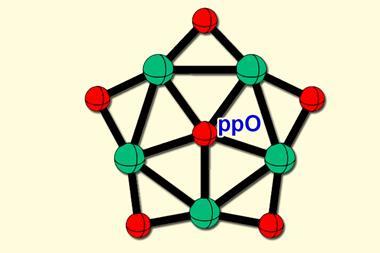
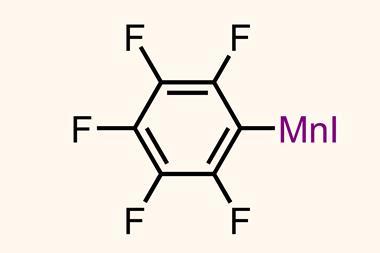
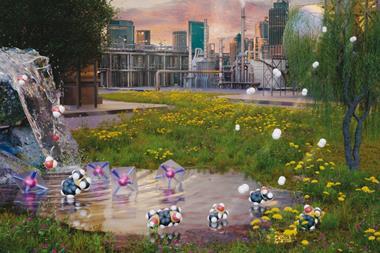

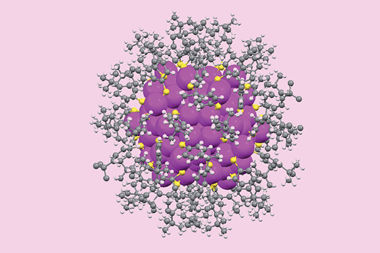
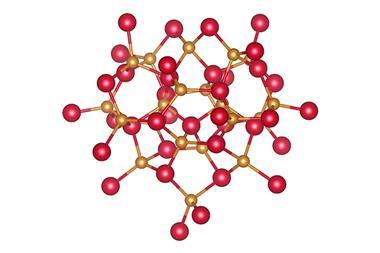






No comments yet